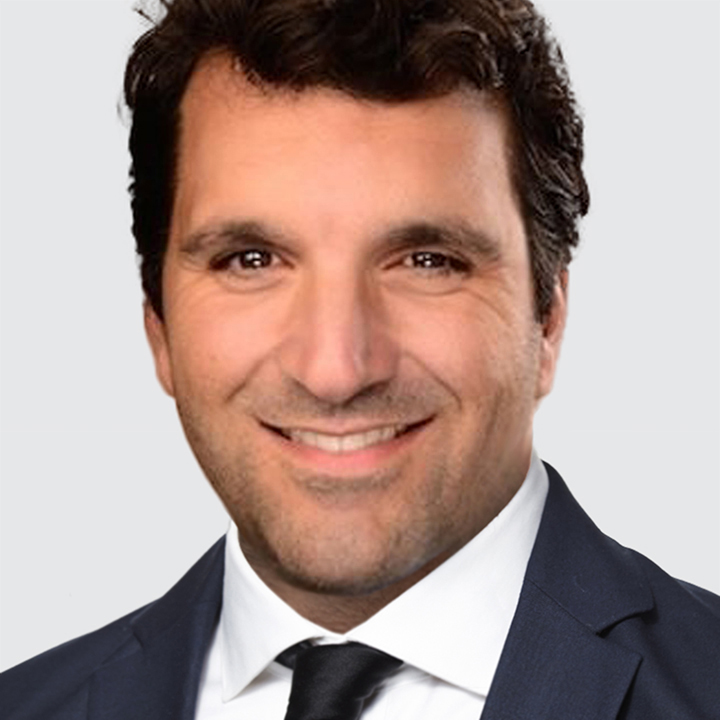US
USD is trading near the middle of its range dating back to June. We expect USD to trade on the defensive this week as the US swaps curve adjusted lower to imply a more dovish Fed easing cycle. 3-year US swaps rates are trading below the FOMC’s median 2027-2028 funds rate projections. A risk to our view is an upside surprise to US September CPI and/or October PMI prints (both Friday).
Meanwhile, the growing unease over a string of credit scares in the US is not a systemic concern but worth watching. Two large bankruptcies in the auto/sub-prime space (First Brands Group and Tricolor) have raised fears about banks’ growing exposures to hedge funds, private credit groups and other non-bank financial institutions (NBFI) loans.
Encouragingly, the latest IMF Global Financial Stability Report points out that most euro area and US banks have sufficient liquidity buffers to honor their NBFI commitments. Moreover, US high yield spreads are not showing signs of strain and remain consistent with a resilient corporate sector.
JAPAN
USD/JPY recovered to 150.75 after dropping briefly under 149.50 on Friday. Japan's Liberal Democratic Party (LDP) and the center-right Innovation Party (Ishin) have agreed to form a coalition government. Combined, the LDP and Ishin hold 231 seats in the lower house of parliament - still two seats shy of a majority. The new coalition will have enough votes to elect Sanae Takaichi as Japan’s prime minister tomorrow but will face constraints implementing Takaichi’s expansive fiscal agenda.
Bank of Japan (BOJ) board member Takata Hajime reiterated his hawkish stance. Takata noted that “now is a prime opportunity to raise the policy interest rate.” Recall, at the September BOJ meeting, two of the nine board members (Takata Hajime and Tamura Naoki) favored a 25bps hike to 0.75%. The rest voted to keep the policy rate at 0.50%.
We agree with Takata and anticipate the BOJ to resume raising rates at the upcoming October 30 meeting (26% priced-in). Japan’s Tankan business survey points to an ongoing recovery in real GDP growth and underlying inflation is making good progress towards the BOJ’s 2% target. Bottom line: USD/JPY has room to edge lower given that it’s already trading well-above the level implied by US-Japan bond yield spreads.
CHINA
USD/CNH is stable around 7.1260 and the Hang Seng China Enterprises Index rose 2.4%. The Central Committee of the Communist Party kicked off its four-day conclave - known as the Fourth Plenum - to set the nation’s economic and technological goals over the next five years. Full details of the plan will only be released in March next year, but broad guidance will be offered later this week.
China Q3 real GDP is tracking the government’s 2025 growth target of around 5%. Real GDP rose more than expected by 1.1% q/q (consensus: 0.8%) vs. 1.0% in Q2 to be up 4.8% y/y vs. 5.2% in Q2. It’s worth pointing out that China’s growth target is a government-set growth goal used as a policy tool to guide economic/social planning rather than a reflection of underlying supply and demand dynamic.
As such, the quality and sources of China’s growth is more relevant for investors. From that perspective, China’s long-term economic health remains weak. Industry (exports and manufacturing) continues to be the main growth engine, while consumer spending is struggling to gain traction.
In the first nine months of the year, retail sales growth slowed to 4.5% y/y (consensus: 4.4%) vs. 4.6% in August, industrial production was 6.2% y/y (consensus: 6.1%) vs. 6.2% in August, and fixed asset investment unexpectedly shrank -0.5% y/y (consensus: 0.1%) vs. 0.5% in August. Excluding real estate development, fixed asset investment rose 3.0% y/y vs. 4.2% in August.
In our view, a gradual revaluation of China’s currency could help China stimulate consumer spending by boosting disposable income through cheaper imports. Bottom line: USD/CNH downtrend is intact.
NEW ZEALAND
NZD/USD is directionless just above last week’s cyclical low of 0.5683. New Zealand Q3 CPI was mixed. Headline CPI rose a tick more than expected by 1.0% q/q vs. 0.9% in Q2 driven by property rates and related services. Year-over-year, headline CPI matched consensus and RBNZ projection at 3.0% (highest since Q2 2024) vs. 2.7% in Q2. The largest contributors to the annual inflation rate were all in the housing and household utilities group (electricity, rent, and local authority rates and payments).
More importantly, underlying inflation is within the RBNZ’s 1 to 3% target range. That leaves room for the RBNZ to deliver more cuts and is a headwind for NZD. The RBNZ sectoral factor model printed for a second consecutive quarter at 2.7% y/y and an average of core inflation measures remained near 2.5% y/y in Q3.
CANADA
USD/CAD is firm above 1.4000 and will take its cue today from the Bank of Canada’s (BOC) Q3 Business Outlook Survey indicator (3:30pm London, 10:30am New York). Attention will be on firms’ hiring intentions given that BOC Governor Tiff Macklem called Canada’s labor market “soft” and warned that firms are “very cautious” about hiring. In Q2, hiring intentions remained subdued as fewer firms than usual planned to increase their labor force over the next year. The swaps curve implies 70% odds of a 25bps cut at the next October 29 meeting.

